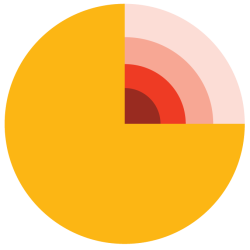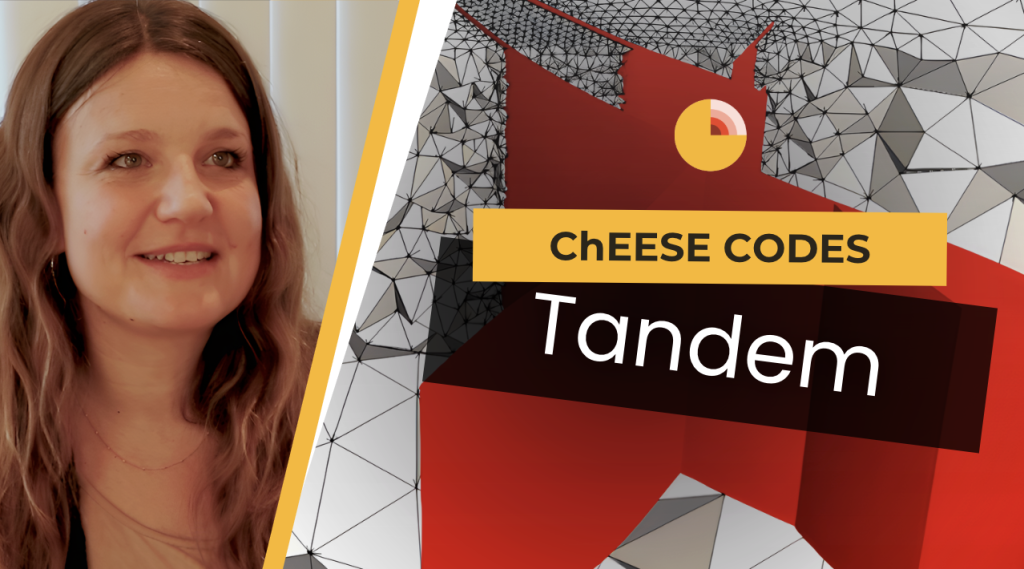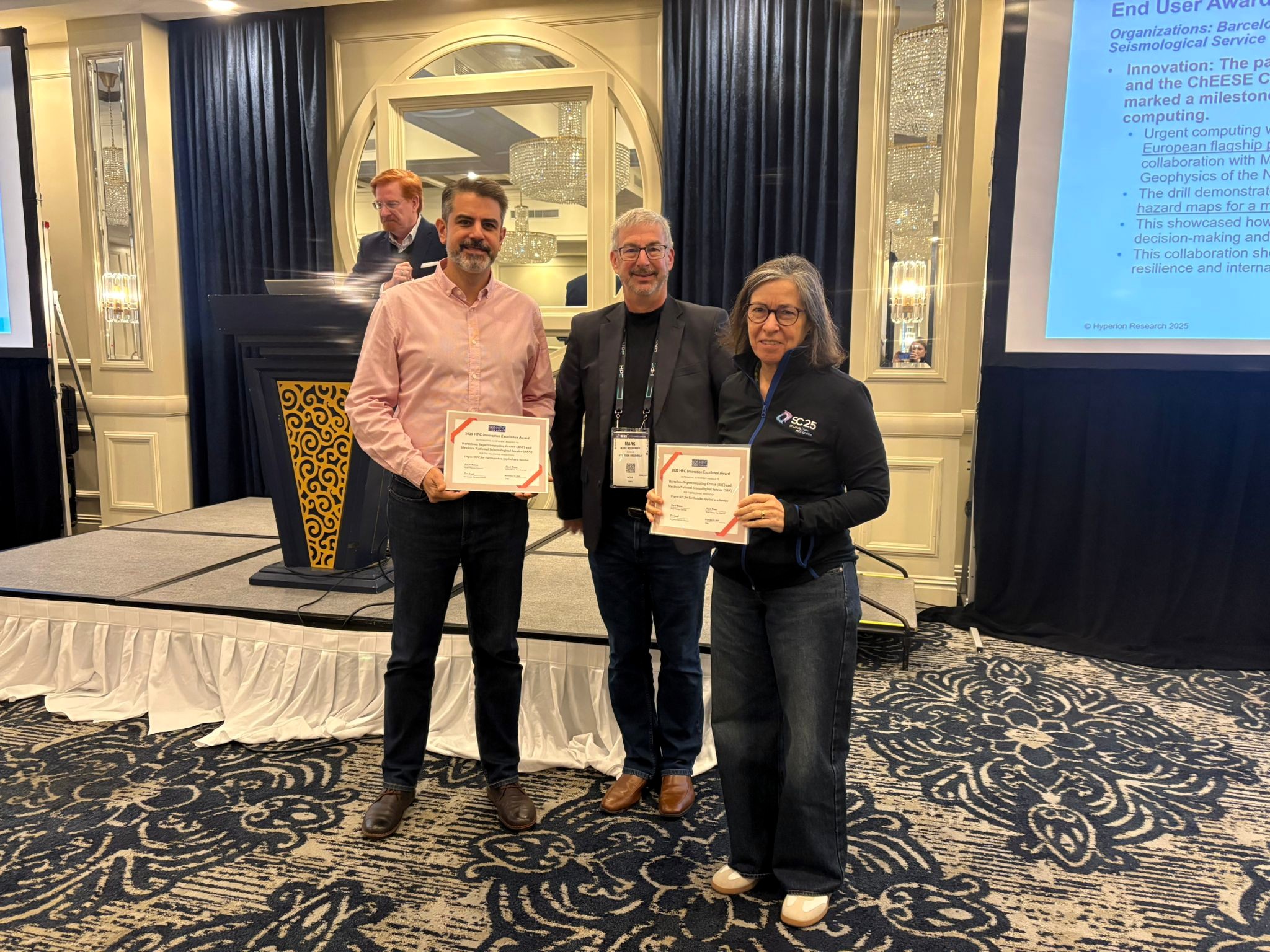Understanding how earthquakes begin, evolve, and interact is one of the great challenges of geophysics. Beneath the surface, complex fault systems shift and build up stress over years, leading to both sudden ruptures and slow, aseismic slip. Capturing this range of behaviour in a single model is what the Tandem code was designed to do.
“Maybe one of my favourite things about Tandem is that we’re really pushing the boundaries of a whole community, just by scaling these simulations up to the size of supercomputing applications,” says Alice-Agnes Gabriel, Guest Professor of Earthquake Physics at LMU Munich and Associate Professor of Geophysics at the Scripps Institution of Oceanography, UC San Diego. “They’re able to run models that nobody else has seen before.”
Developed within the ChEESE, Tandem is a simulation code designed to model the full seismic cycle, capturing not just single earthquakes but how faults behave and evolve over centuries.
“Tandem, in difference to SeisSol, is focusing on sequences of earthquakes. We’re trying to model the full seismic cycle,” Gabriel explains. “If you have a fault or a geological structure that is producing earthquakes, it’s usually not just producing one, but several, over centuries or several hundreds to thousands of years. That’s the timescale we’re trying to capture in our Tandem simulations.”
Beyond Earthquakes: Modelling the Full Seismic Cycle
Tandem also helps scientists study what happens between earthquakes.
“These kinds of faults don’t only produce earthquakes, but they can also creep. That just means that they’re slowly moving without producing earthquakes,” Gabriel says. “It’s really interesting to understand how this transient movement connects to earthquakes and what happens after an earthquake. When will the next be, will it be larger or smaller? How do these faults live throughout this seismic cycle? That’s what this code is focusing on.”
Within ChEESE, the team is preparing Tandem for Europe’s next generation of supercomputers. “In ChEESE, we’re interested in porting Tandem to GPUs. That’s a big topic for many of the new supercomputers being built using GPU hardware, and we will have to adapt the code to be as efficient on GPU machines as it is on CPUs,” Gabriel explains.
Beyond technical development, Gabriel emphasises Tandem’s broader goal: advancing earthquake prediction and hazard mitigation.
“We have short-term predictions of the weather; we don’t have short-term predictions of earthquakes. One of the main reasons is that we don’t have a good understanding of the physics that are driving earthquakes, and without understanding the physics, it’s really tricky to come up with predictions.”
Watch the full interview with Alice-Agnes Gabriel
Credits
- Published
- 23 October 2025
- Author
- Aerton Guimarães & Varvara Vedia — ChEESE-2P Dissemination Team



